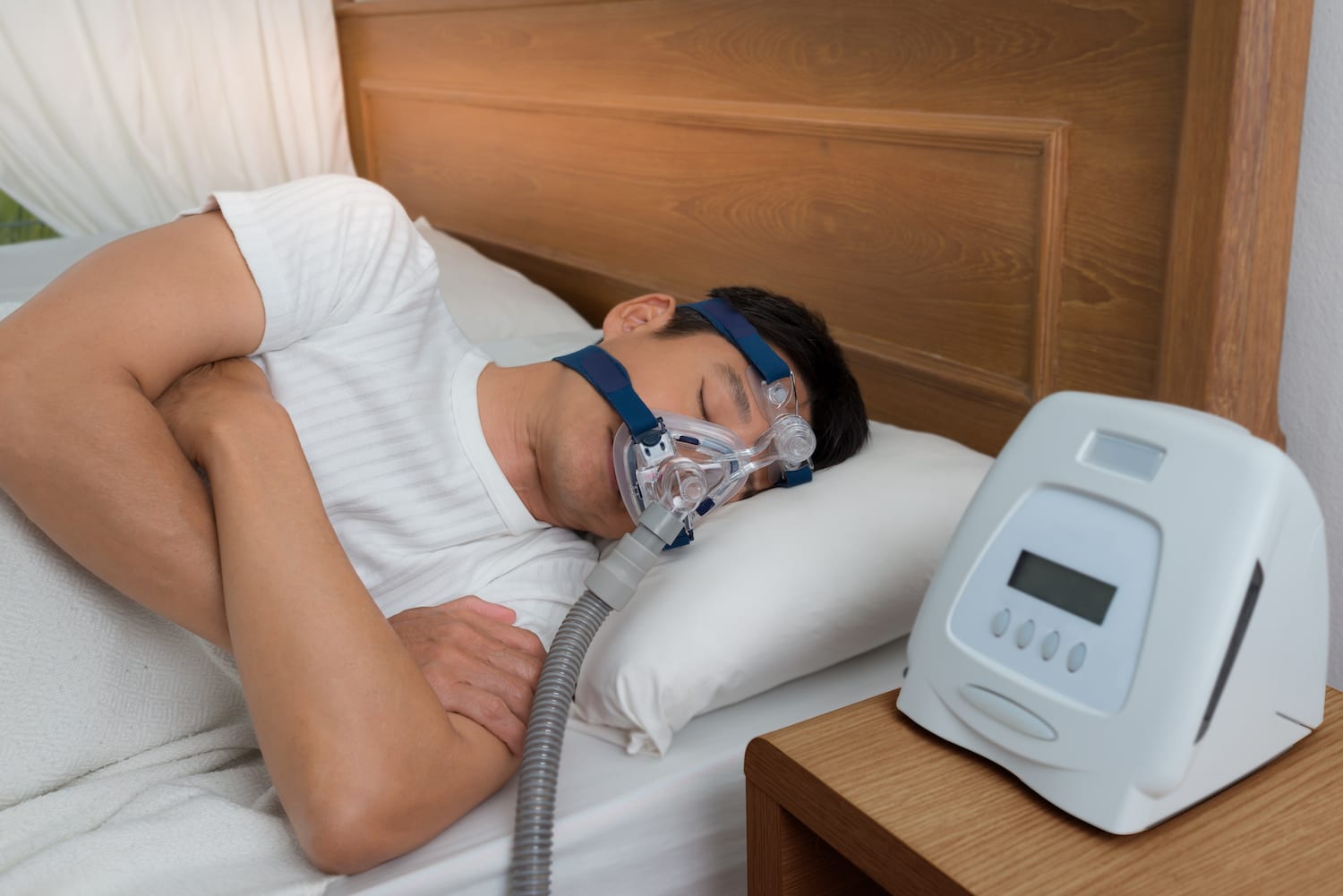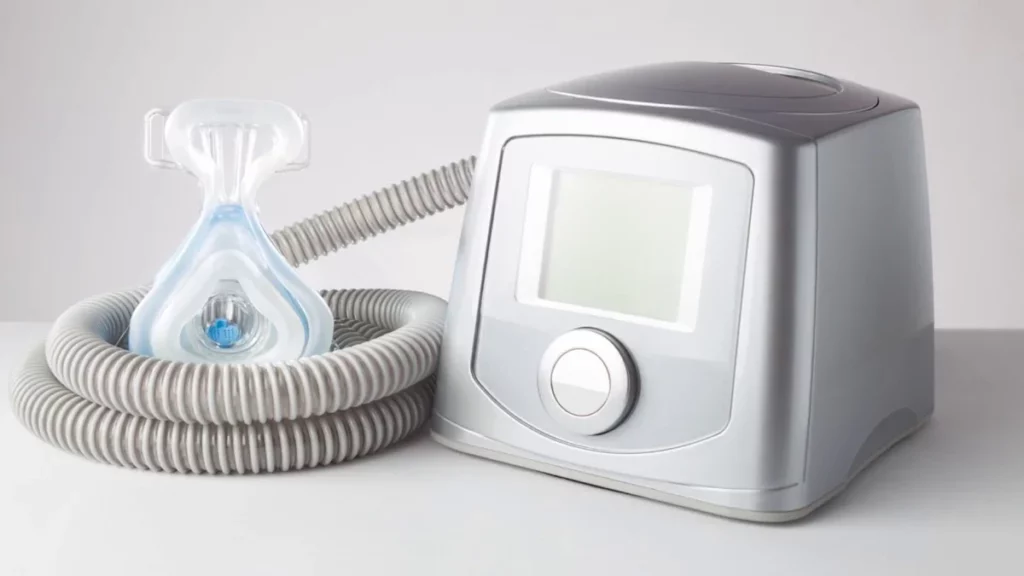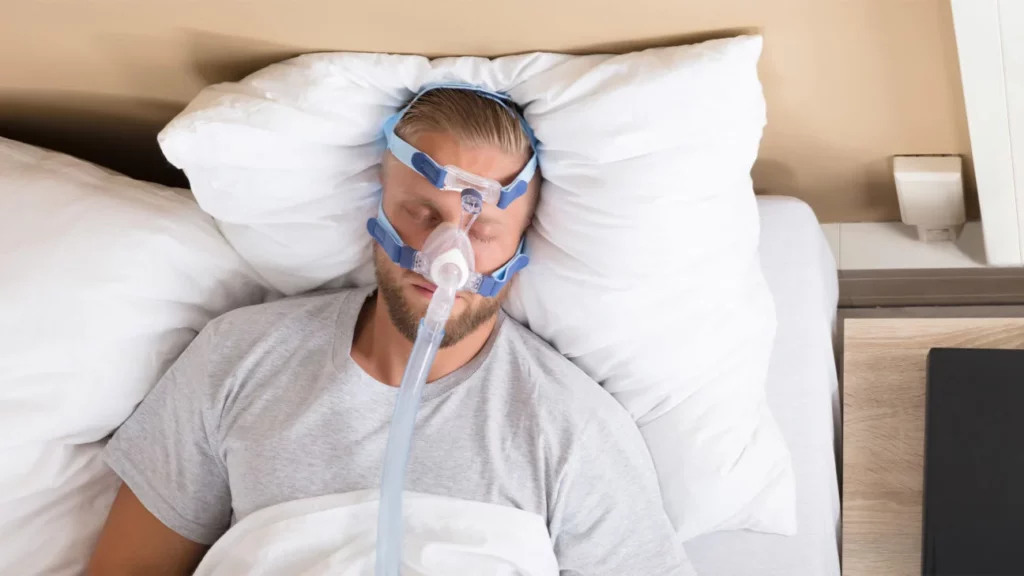
How to Adjust to Using a CPAP Machine: Tips for a Smooth Transition
Adjusting to using a CPAP machine can be challenging, but with the right knowledge and support, you can make the transition smoother. In this article, we will explore the role of a CPAP machine, how it works, and essential tips to help you prepare for and maintain your machine. We will also discuss strategies for a gradual introduction to CPAP and how to address common problems that may arise. Lastly, we’ll dive into monitoring your progress with CPAP therapy and the importance of regular check-ups and adjustments. Let’s get started!
Preparing for Your New CPAP Machine
Setting Up Your CPAP Machine
Before using your CPAP machine Australia, it’s essential to familiarize yourself with its setup. Read the user manual carefully and follow the manufacturer’s instructions for assembly and usage. Ensure that the machine is placed on a stable surface within reach of a power outlet. Familiarize yourself with the different settings and adjust them according to your comfort and prescribed pressure levels.
Additionally, it’s important to regularly clean and maintain your CPAP machine to ensure optimal performance and hygiene. Develop a cleaning routine by washing the mask, tubing, and water chamber with mild soap and warm water. Allow all components to air dry away from direct sunlight to prevent damage. Remember to replace disposable filters as recommended by the manufacturer to maintain air quality.
Choosing the Right CPAP Mask
One of the crucial factors in successful CPAP therapy is selecting the appropriate mask. There are various types available, including nasal masks, full-face masks, and nasal pillow masks. Consider your comfort, preferred sleeping position, and breathing patterns when choosing a mask. It’s recommended to try different mask styles to find the one that fits well and provides a secure seal.
Furthermore, ensure that the mask straps are adjusted correctly to prevent air leaks and discomfort during sleep. A properly fitted mask should create a gentle but secure seal around your nose and mouth, allowing the CPAP machine to deliver the prescribed air pressure effectively. Regularly inspect the mask for wear and tear, replacing it as needed to maintain therapy efficacy.
Understanding the Role of a CPAP Machine
Sleep apnea is a sleep disorder characterized by pauses in breathing during sleep. It can lead to daytime fatigue, difficulty concentrating, and other health issues. A CPAP (Continuous Positive Airway Pressure) machine is the most common treatment for sleep apnea. It works by delivering a constant stream of air pressure through a mask, keeping your airway open and helping you breathe easily throughout the night.
The Basics of Sleep Apnea
Sleep apnea occurs when the muscles in the back of your throat fail to keep your airway open during sleep. This results in repeated episodes of interrupted breathing, sometimes for brief seconds or even longer periods. The most common type of sleep apnea is obstructive sleep apnea (OSA), caused by the collapse of the soft tissues at the back of the throat.
How Does a CPAP Machine Work?
A CPAP machine consists of three main components: the motor, the humidifier, and the mask. The motor generates a continuous stream of pressurized air, which is delivered through a tube connected to the mask. The humidifier adds moisture to the air to prevent dryness and irritation in your airways. The mask, typically worn over the nose and sometimes the mouth, ensures the air pressure reaches your airway effectively. By providing a consistent flow of air, the CPAP machine prevents the airway from collapsing, allowing uninterrupted breathing during sleep.
It’s important to note that using a CPAP machine requires some adjustment and patience. The mask may feel unfamiliar and uncomfortable at first, but with time, most users adapt to it and find significant relief from their sleep apnea symptoms. Additionally, CPAP machines come in various models and designs to cater to different preferences and needs. Some masks cover only the nose, while others cover both the nose and mouth for individuals who breathe through their mouths while sleeping.
Furthermore, regular maintenance of your CPAP machine is crucial to ensure its effectiveness and longevity. Cleaning the mask, tubing, and humidifier regularly helps prevent the buildup of bacteria and mold, which can compromise the machine’s performance and pose health risks. It’s also recommended to replace the mask and other components as per the manufacturer’s guidelines to maintain optimal functionality. By incorporating proper care and maintenance into your CPAP routine, you can maximize the benefits of this life-changing device and improve your overall quality of sleep.

Tips for a Smooth Transition to Using a CPAP Machine
Adjusting to using a CPAP machine can be a significant change in your sleep routine, but with the right approach, it can greatly improve your quality of sleep and overall health. One additional tip to ease into using a CPAP machine is to create a relaxing bedtime routine that includes activities such as reading a book or taking a warm bath. This can help signal to your body that it’s time to wind down and prepare for sleep, making it easier to adjust to wearing the CPAP mask throughout the night.
Furthermore, establishing a clean and comfortable sleep environment can also contribute to a successful transition to using a CPAP machine. Make sure your bedroom is cool, dark, and quiet to promote restful sleep. Consider using earplugs or a white noise machine if external noises disrupt your sleep. Additionally, maintaining a consistent sleep schedule can help regulate your body’s internal clock and improve the effectiveness of CPAP therapy.
Gradual Introduction to CPAP
If you’re feeling apprehensive about using a CPAP machine, try easing into it gradually. Begin by wearing the mask while awake, for short periods during the day. Practice breathing with the mask on to get accustomed to the sensation. As you grow more comfortable, start wearing the mask during naps, and eventually, throughout the night. This gradual approach can help you adapt to using the CPAP machine more easily.
Dealing with Common CPAP Problems
It’s not uncommon to experience some challenges when using a CPAP machine. Issues like mask leaks, dryness or congestion, and claustrophobia can occur. To address these problems, ensure your mask fits properly and is adjusted correctly. Using a heated humidifier can help alleviate dryness. If you feel claustrophobic, try practicing relaxation techniques or consider using a smaller, lightweight mask. It’s crucial to communicate any difficulties you encounter with your healthcare provider, who can guide you in resolving them.
Maintaining Your CPAP Machine
Daily and Weekly Cleaning Tips
To optimize the performance and longevity of your CPAP machine, regular cleaning is essential. Clean the mask, tubing, and humidifier chamber daily using mild soap and warm water. Rinse thoroughly and allow them to air dry. Once a week, disassemble the machine, including the filters, and wash them in the same manner. Be sure to follow the manufacturer’s cleaning instructions to prevent damage.
Additionally, it’s important to note that using distilled water in your CPAP humidifier can help prevent mineral buildup, which can affect the functionality of the machine over time. Distilled water lacks the minerals found in tap water, reducing the risk of residue accumulation in the humidifier chamber.

When to Replace CPAP Parts
Over time, the different components of your CPAP machine may wear out or become less effective. It’s crucial to monitor their condition and replace them as needed. The mask, tubing, filters, and other parts should be inspected regularly for signs of wear and tear. If you notice any cracks, tears, or reduced efficiency, contact your equipment provider to obtain replacement parts. Keeping your equipment in good condition ensures optimal therapy results.
Remember that the frequency of part replacements may vary depending on usage and maintenance. For example, masks and tubing typically need to be replaced every 3 to 6 months, while filters may need more frequent changes, approximately every 1 to 2 months. Following a regular replacement schedule will help ensure that your CPAP machine continues to provide effective therapy for your sleep apnea.
Monitoring Your Progress with CPAP Therapy
Understanding Your CPAP Data
Modern CPAP machines come equipped with data tracking technology that records information about your sleep patterns, usage, and effectiveness of therapy. Take advantage of this data to monitor your progress. Pay attention to factors such as the number of apnea events, mask leakage, and average usage time. Regularly review the data and discuss it with your healthcare provider to make any necessary adjustments to your therapy settings.
Additionally, some advanced CPAP machines offer features like remote monitoring, which allows your healthcare provider to access your therapy data remotely. This can be especially beneficial for individuals who have difficulty attending frequent in-person appointments. Remote monitoring enables your healthcare team to track your progress in real-time, identify any issues promptly, and make adjustments as needed to optimize your therapy.
Regular Check-ups and Adjustments
CPAP therapy typically requires ongoing monitoring and adjustments to ensure optimal results. Regularly scheduled appointments with your healthcare provider are crucial for evaluating the effectiveness of your therapy. They can assess your progress, make necessary adjustments to the pressure settings, address any concerns or side effects, and ensure your CPAP machine is providing the best possible treatment for your sleep apnea.
Moreover, collaborating with a sleep specialist or respiratory therapist can provide valuable insights into improving your CPAP experience. These professionals can offer guidance on proper mask fitting, troubleshooting common issues like dry mouth or nasal congestion, and recommending lifestyle changes that can complement your therapy. Building a strong partnership with your healthcare team can enhance your journey towards better sleep quality and overall health.
By following these tips and guidelines, you can adjust to using a CPAP machine more easily and enhance the effectiveness of your sleep apnea treatment. Remember, it may take some time to get accustomed to the machine, but the benefits of treating sleep apnea far outweigh any initial challenges. Stay committed to your therapy, seek support when needed, and enjoy the improved quality of sleep and overall well-being that CPAP can provide.